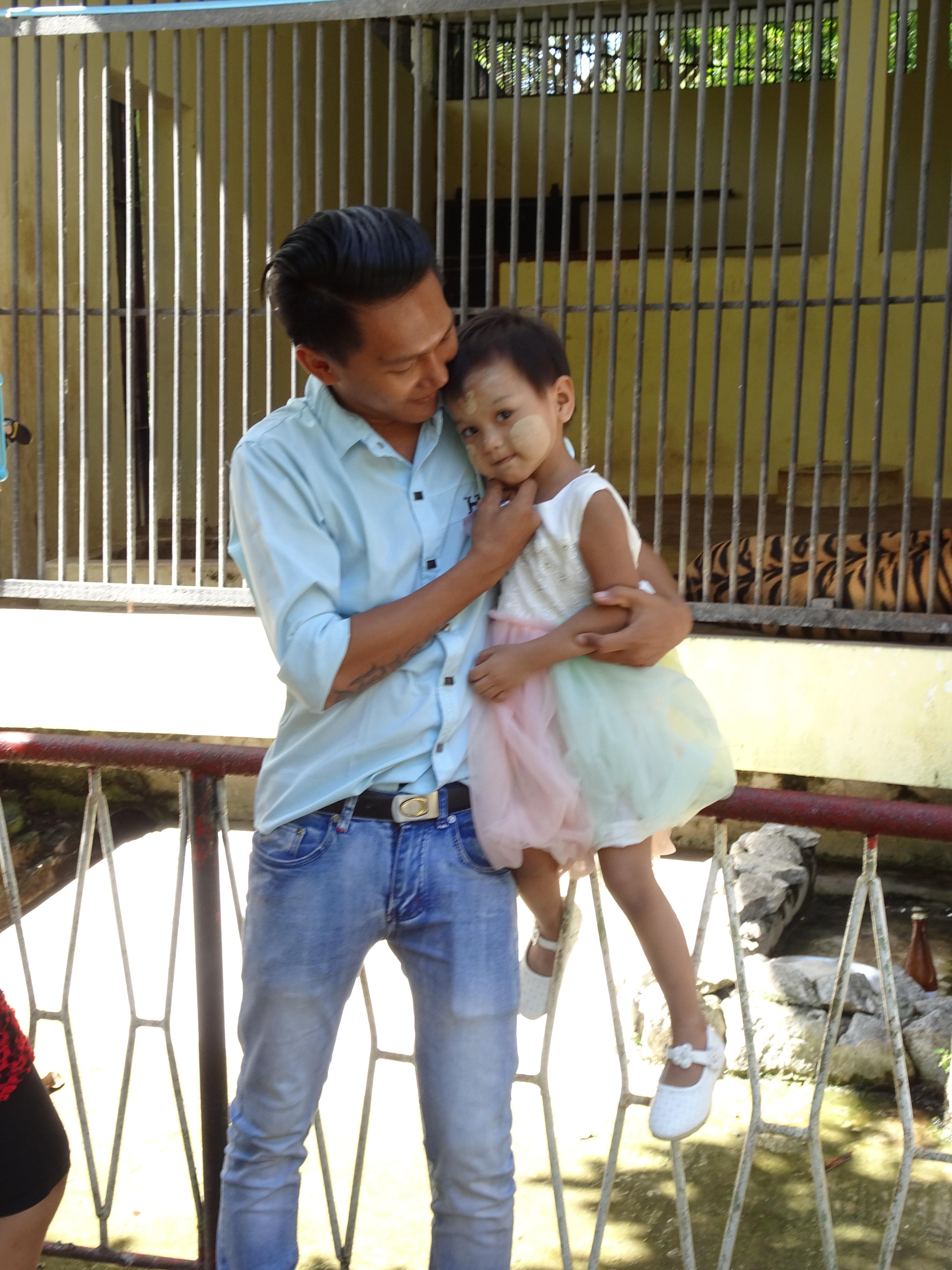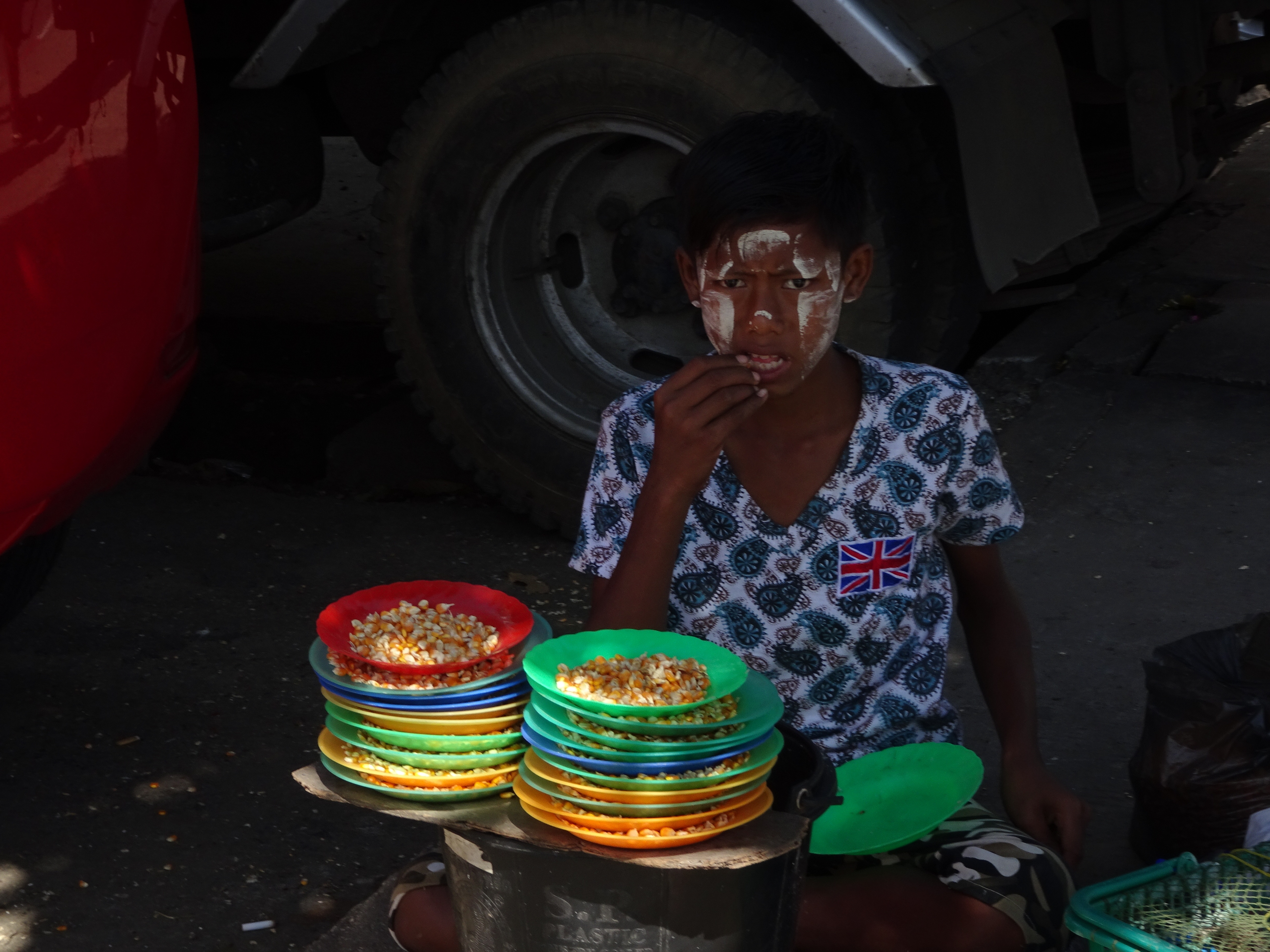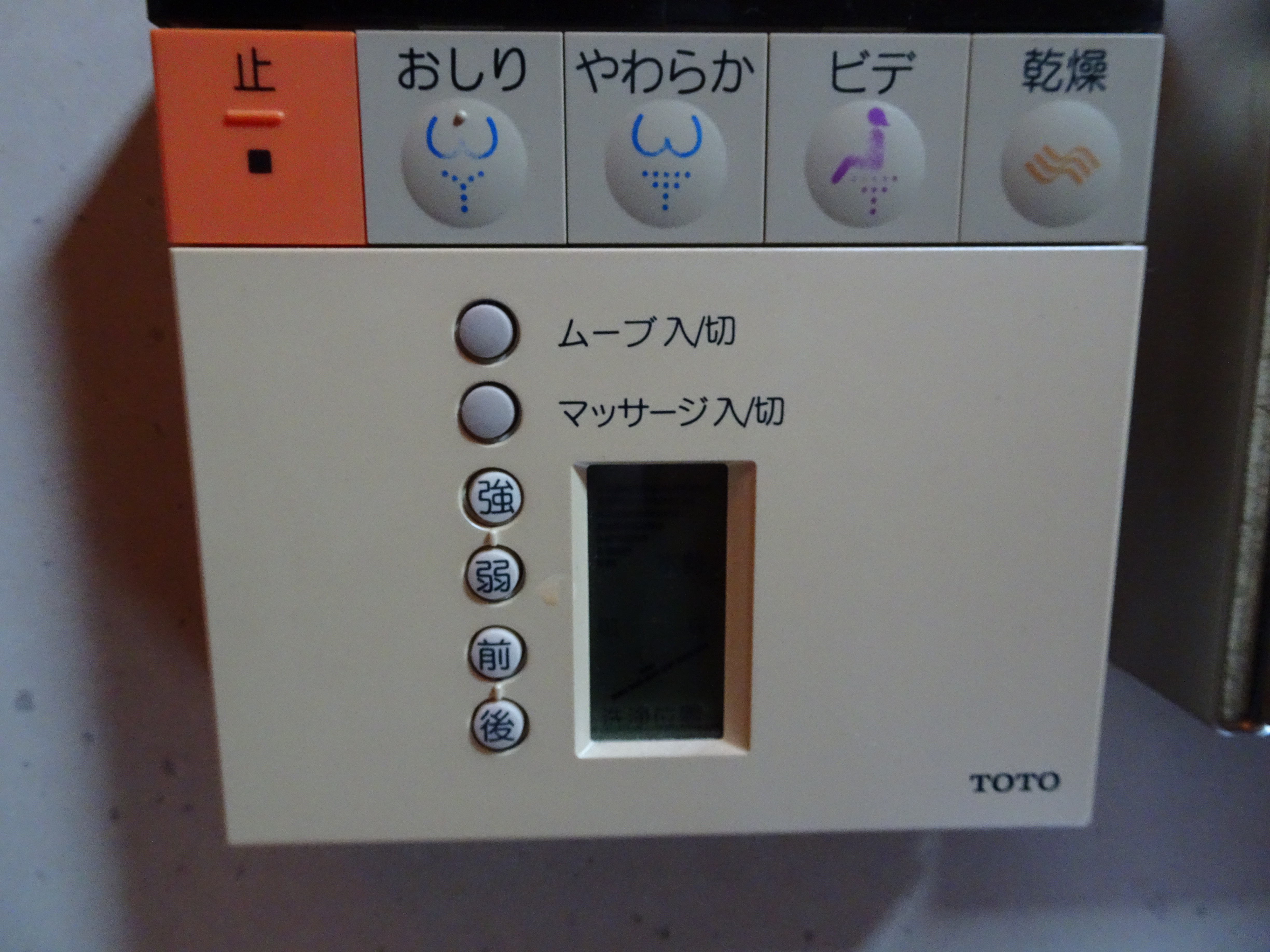Comparing Japan and Myanmar
November 22, 2016

I should start by saying how incredibly frustrated I was in Myanmar that I could not post all the pictures from that strange and visually stunning place. Not only were the temples worth looking at en masses, but the statues and frescoes in the inside were eye-catching as well – sometimes for their beauty and sometimes because they are covered in spider-webs and dirt from low maintenance.




The evidence of the earthquake was everywhere in Bagan – from scaffolding to fallen walls to entire sections of temples reduced to dust.

The people have an interesting fashion of painting designs on the cheeks and foreheads in a mustard-tan paste called thanakha. It is an almost uniquely Myanmarese tradition. We wondered for quite a while about the exact purpose of the traditional as well as who participates in it.


We have learned that thanakha is both a sunscreen and a traditional beauty statement. Oddly enough, about 1 in 8 people we saw wearing it were men. Many parents puts copious amounts on their babies. What makes this tradition so interesting to me is the inconsistent way that it is applied. Some people put consistent layers in clear patterns. Others seem to throw it on as an afterthought. In this way it seems very different from Western make-up. Putting on thanakha seems more like putting on a comfortable t-shirt than “dolling-up”. I think that is nice.
Prior to looking it up on Google, we tried asking a few people, but we never got a clear explanation. Someone seemed to suggest it was just sunscreen. Another said “very pretty”, which suggested fashion more than utility. These conversations have made us realize a basic truth about the language skills of the people here. Many speak 6-7 languages, but only certain words and phrases. Lets say that they are fluent in commerce. I have watched a 16 year-old young woman start in English, switch to Spanish, fumble with Italian, try some Japanese and negotiate some German.
My favorite such exchange was with a German.
Girl speaking in English: “Do you want to buy sand painting?”
Tourist responded in heavy German accent, “How much?”
Girl: “$10”
Tourist: “Nein”
Girl (smiling): “Great! $9 it is!”
I think the tourist broke down and bought the painting.
Wiley has befriended several of these young entrepreneurs. We had a particular temple that we enjoyed visiting at sunset to see the light play on the temples. While I walked around trying to capture the best shots, he would look out at the landcape but also talk with the kids. He managed to establish that he was not a buyer, but was truly interested in their lives. I have found that kindness and legitimate interest translates very well.

When a little boy, Wiley was quite shy. He would be more than happy to avoid human contact when strangers were involved. Yet here he was befriending these teens and getting legitimate laughs from them.
[Warning: camp reference coming.]
I can say with almost complete certainty that this newfound ability to navigate groups of strangers has little to do with Susie and me. He learned that at camp, as a camper, a senior camper and as a counselor. Every summer for 14 years, he has been put together with other people - not of his choosing – and needed to find a way to make friends and resolve conflicts. He honed his humor in the cabin. He also learned how to bond with all different types of people.
[OK, camp lecture is over.]
Visiting Myanmar directly after Japan was a vast exercise in contrasts.
- No one honks a horn in Tokyo. Ever. Myanmar could not be more different. Here, everytime a vehicle (bus, cab, e-bike, motorcycle) passes another vehicle (including bikes), the driver provides a quick courtesy honk.
- I shared the Great Japanese Trash Mystery before. There are essentially no trash cans, but there is also no trash. After the Halloween celebration, we saw groups of old people and young people walking around picking up trash on a volunteer basis. Myanmar is like most third world countries – they have bigger problems than trash elimination. As a result, debris is literally everywhere.
- Tokyo is lit like Times Square. Bagan features weak incandescent lights and no streetlights. Signs are hand painted rather than neon. While Yangon was more sophisticated than Bagan or Inle Lake, it still seems lit like a bad elementary school.
- Food in Tokyo was exceptional, but pricy.
 The cuisine in Myanmar was quite good and staggeringly affordable.
The cuisine in Myanmar was quite good and staggeringly affordable.  Our entire family could eat in Myanmar for what one good meal in Japan would cost. If only we had not gotten food poisoning . . .
Our entire family could eat in Myanmar for what one good meal in Japan would cost. If only we had not gotten food poisoning . . . - Japan was mild to cool. Once the sun was down, we put on our second and third layers. Myanmar is much further south. Virginia says that walking outside feels like a bathroom after a long, hot shower if you forget to turn the vent on.
- The temples we visited in Japan are active sites of worship. Here they are often ruined echoes from an earlier age.
- There is virtually no barbed wire in Japan, but you see tons of razor wire here. Similarly, Costa Rica and Nicaragua have lots of wound-inducing fencing. It seems to odd to me that the greatest levels of theft-prevention happen in the places with the least amount to steal. Of course, there are more truly poor people here who might need to resort to theft, but the contrast remains.
- The most striking difference, of course, was the bathrooms. Perhaps there is no contrast greater than this one in the world. Myanmar toilets generally have no toilet paper. Some are simple holes in the ground. They do not – how should I put this – smell fresh like a spring garden. In contrast, I saw toilets in Japan that had more technology than my first car. Frankly, it makes me wonder about Japanese tourists. When we Americans come to a place like Myanmar, we are aghast at the quality of the facilities. But certainly the typical American toilet seems downright primitive to a Japanese tourist. Where is the UV sanitizer? No automatic seat lifter? The bidet (with pressure control)? Why is my seat not warmed? So if US facilities are backwards, what happens when they end up in Myanmar? Let me summarize. Japan:


Myanmar:

I also want to give a shout-out to our favorite Myanmar entrepreneur, Kim. Based out of Yangon, he arranged our trek guides, drivers, airline tickets and balloon trip. While most people in Myanmar believe that 48 hours constitutes a rapid email response, Kim is like a New Yorker. He will write back within 2 hours or provide you an out-of-office message with a time he will get back to you.
He always beats that time.
My favorite detail about Kim is his company’s name: YTT, or Young Top Tycoon.
He has my vote for that title.
Steve Sir
